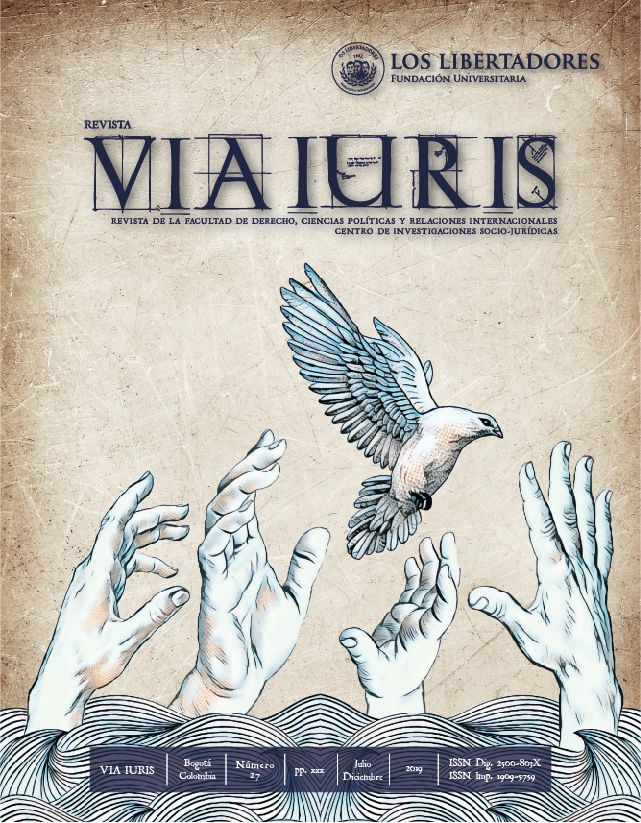Abstract
The article describes, in the context of profound social, cultural, and political transformation experienced by the Eastern Republic of Uruguay in the first three decades of the 20th century, the genesis, political debate, the extension of the right to suffrage, the Constitutional Convention of 1917-1918, the complex consensus reached to sanction the Constitution of 1918, and finally the experience of the two-headed Executive Power, with a President and a National Administration Council, model implemented after the constitutional reform of 1917-18 and in force between 1919 and 1933. The aim is to analyze the viability of these reforms and how they contributed to the construction of the Uruguayan nation-state and democratic quality.

This work is licensed under a Licencia Creative Commons Atribución-NoComercial-


